Native advertising as a tool for business development: formats, examples and insights from specialists
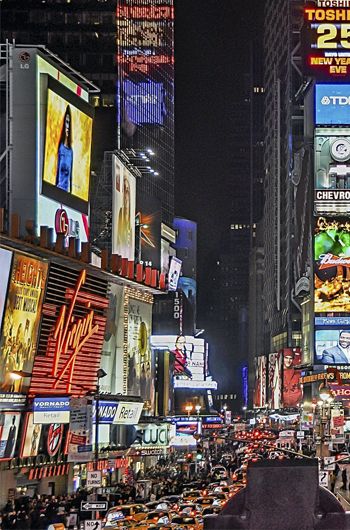
Translated from English native means "natural". And this word is the best way to define native advertising. In the ideal case, the user should perceive such advertising as some kind of natural and organic content not as a direct advertising offer. Adapting to the context, advertising continues to work for the brand and product promotion.
5 distinctive features of native advertising:
1. Coincides with the theme and target audience of the site. The material about the benefits of vegan products will not look organic in a biker blog. The same rule applies to the advertising format. For example, a video clip will not suit a resource which users are prefer to read the longreades format.
2. It does not stand out among the rest of the site's content. Advertising should adapt to the "habitat" and not be conspicuous.
3. Qualitatively made and interesting to the user. Even if you remove the brand mention from the material the content will remain useful and valuable.
4. Does not contain a direct call to action. No "just now" or "1+1 = 3". The obsessive "buy" is replaced by a recommendation character and an organic narrative about the benefits of the product. The desire to make a purchase should be formed by the user "by itself".
5. Is not completely native. Unlike a low-quality article that pretends to be editorial material. Native ads always contain the tag "affiliate material" or "sponsored material". The task is to increase user loyalty through high-quality content. It's like we're saying, "Yes, this is advertising. But hey look at this! It's really useful. Maybe you should take a closer look at this company."
Why do brands need native advertising?
Today brands are increasingly resorting to native advertising. The problem is that every year it becomes more and more difficult to interest potential customers.
"Every day the average user sees up to hundreds of banners and advertising offers. At some point this diversity merges into one monotonous picture and people simply stop paying attention to advertising. This phenomenon is also called “banner blindness". Often, the only chance to overcome the "white noise" in the user's head and attract attention is native advertising," - Natalia Belkova, General Manager of Communication Agency 4D.
A study by the Dedicated Media consulting agency shows that users notice such ads 53% more often than regular banners or advertising materials. And 32% of them are ready to share native advertising with family and friends. The absence of obsession and naturalness help to get through to customers.
Native advertising formats
In a broad sense the native can even include contextual advertising on the search request in Google or Yandex. As well as various blocks with recommendations. For example, after the materials in the media or in the "recommended" section on YouTube.
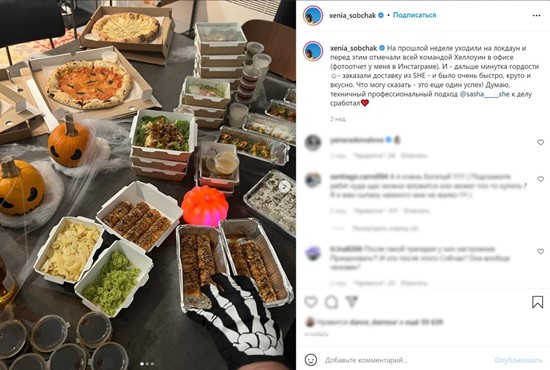
Native advertising on Ksenia Sobchak's Instagram
Publications on social networks:
Social networks are one of the most popular platforms for placing native advertising. The most budget options: placement of materials marked "advertising" in the user's news feed and publications in thematic communities. The most expensive option is to publish with bloggers. Here you can use it as a text format with a story about the blogger's personal experience. Also, you can use a video or photo where the opinion leader uses your product. The main thing is to observe the requirement for naturalness and adaptability to the rest of the content. A cool example is the commercials of actress Irina Gorbacheva. Ads on her Instagram are watched with the same pleasure as other videos.
Publications in the media
Articles
According to a study by Lifehacker articles became the most popular format of native advertising in Russia in 2020. They account for 81% of all publications. The most popular format options are reviews, collections with life hacks, expert articles from company representatives. As a rule the editors work together with the customer on native articles. Materials and presentation style must meet the requirements of the site. Mentioning the brand in native articles is secondary. You should focus on informative content. The reader needs to be brought to the conclusion about the benefits of the product carefully. There is an example. In the partner material created by the Communication Agency 4D for the online English language school Novakid in the publication of russian media Mel, we share life hacks on how to make language lessons more fun and effective.
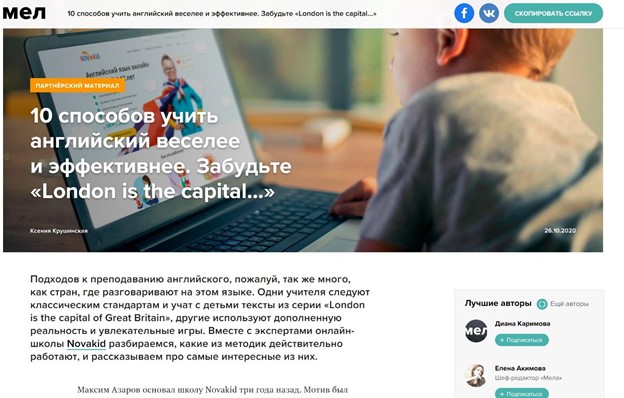
Novakid partner material on Mel
An alternative option is to publish articles on thematic resources. For example, on Yandex.Zen where advertising materials are embedded in the general targeted user feed.
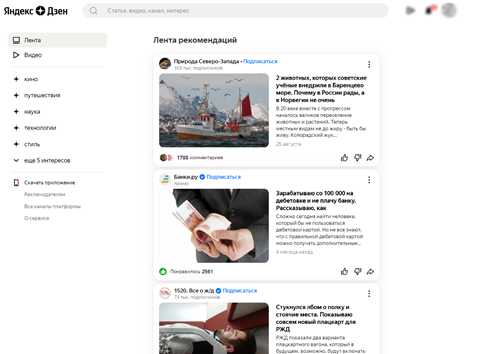
A block of recommendations on Yandex.Zen
Special Projects
One of the most expensive and labor-intensive types of native advertising. In Russia Medusa, T…J, Lifehacker, RBK and even RIA Novosti are engaged in special projects. A special project can be created either in the format of a publication or on a separate website with full-fledged content, visual solutions and complex layout. There are no strict requirements for filling: games, quests, longreads, videos. The main thing is that the site or material should be interesting to users in isolation from the story about the brand or product. Bonuses or gifts from the company will be a good addition. For example, a discount for passing a quiz.
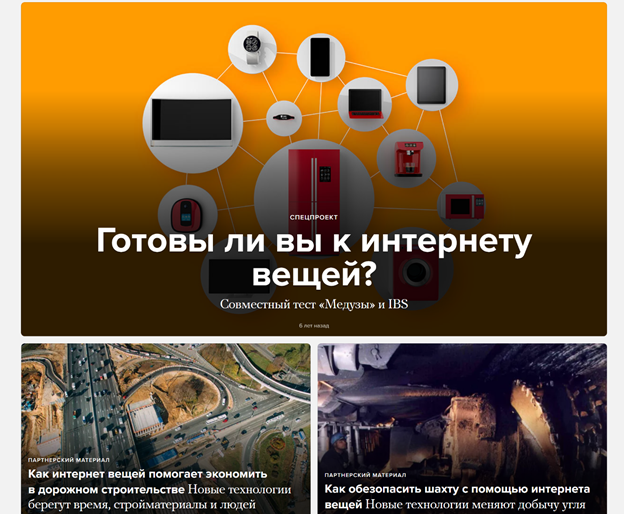
Special project "Internet of Things" by Medusa and IBS
Tests, quizzes, games
"What kind of wine are you?" and "Do you know how to choose gifts?" - everyone loves interactive! It is difficult for most users to pass by a test or quiz so such native advertising will definitely not go unnoticed.
Positive and negative of native advertising
Advantages
- Visibility. Native advertising helps to overcome the "banner effect" and it also cannot be disabled using Adblock.
- With the right approach to choosing the site it coincides with the target audience of the brand
- Variety of formats and content: you can try different options and choose the most suitable one for your company
- Trigger for word of mouth. The user will definitely want to share a useful article with friends. The effect of such advertising is more long-lasting than from the usual one.
Disadvantages
- The cost of development. Good native advertising requires the involvement of real specialists: from a copywriter who will write a high-quality text to an artist who will create author's illustrations.
- Expensive accommodation. The more popular the blogger and the more authoritative the publication the more expensive the publication will cost.
- A slow preparation process. You can create a regular banner relatively quickly. But when developing native advertising, communication with contractors and representatives of the site will take a lot of time and effort.
- Lack of scalability. Every website will have to develop its own advertising concept and unique content.
How to get around traps and pitfalls and make native advertising work? Five insights from specialists of Communication Agency 4D.
1. Analyze your target audience and behavioral patterns in the context of the advertised product.
2. Take into account the features and requirements of the placement platforms. What will be effective for a blogger may fail in the format of a longread for the media. Remember that the platform must coincide with your audience.
3. Be sincere with customers and don't try to manipulate them. No doubts, you can under the guise of useful material give out an undisguised advertisement with a couple of far-fetched tips. But the deception will quickly be revealed and the brand's reputation will suffer.
4. Be original. Only relevant and fresh ideas can overcome the "banner blindness" and hook a potential client.
5. Contact with specialists. It is not always possible to create an effective project with native advertising on your own. Cooperation with a professional agency will help save resources and time.



